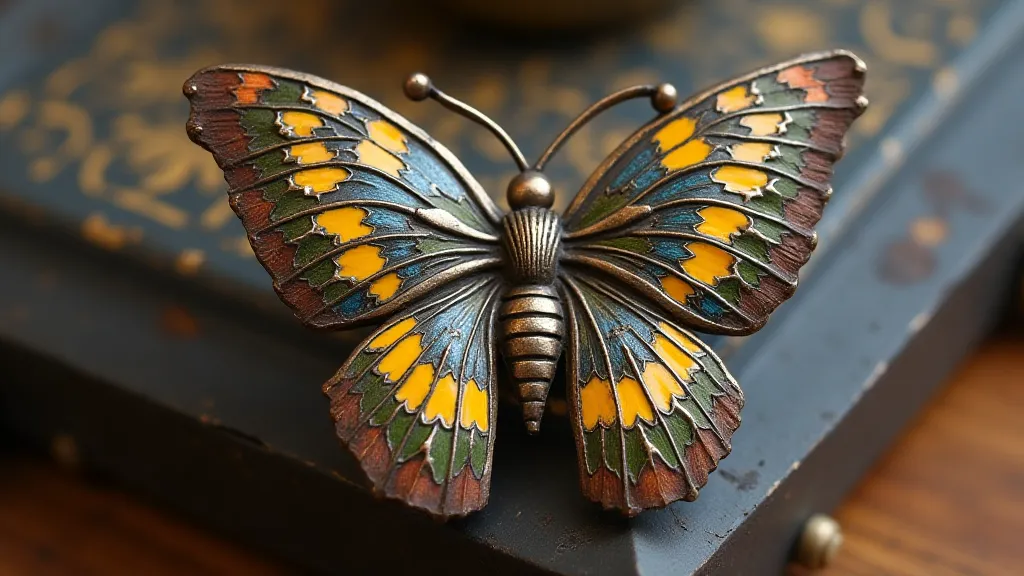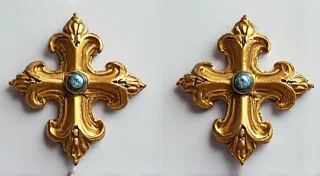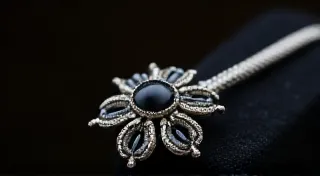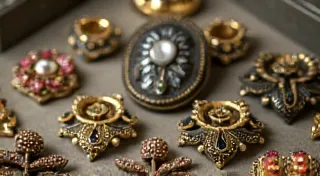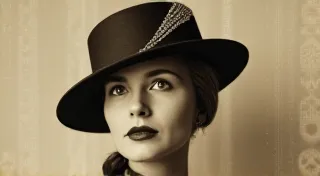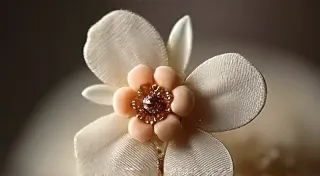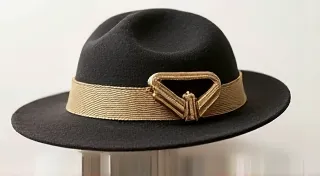Collecting Specific Themes: Birds, Insects, and More
Beyond simply accumulating beautiful and intriguing antique hat pins, many collectors find immense satisfaction in curating collections based on specific themes. These themed collections add a layer of narrative and specialization to the hobby, allowing collectors to delve deeper into the history, artistry, and symbolism behind these delicate accessories. If you're looking to expand your own collection beyond a general assortment, exploring themed collections is a wonderfully rewarding path. The world of antique hat pin collecting is vast and fascinating, and focusing on a particular theme can elevate the experience from casual accumulation to a truly rewarding pursuit.
The Appeal of Themed Collections
The beauty of collecting themed hat pins lies in the inherent storytelling they offer. A collection of birds, for example, might tell a story of naturalism, Victorian ornithology, or even a particular artist's style. Similarly, insect-themed pins often reflect a fascination with the intricate details of the natural world, popular in the Art Nouveau and Arts & Crafts movements. The symbolism attached to these themes can also be quite captivating. A dragonfly, for example, often represents transformation and self-realization. The aesthetics of this era are often tied to broader artistic movements, and appreciating this context can enhance the appreciation of the pins themselves. It's clear that understanding the visual language of the time period significantly informs the joy of collecting.
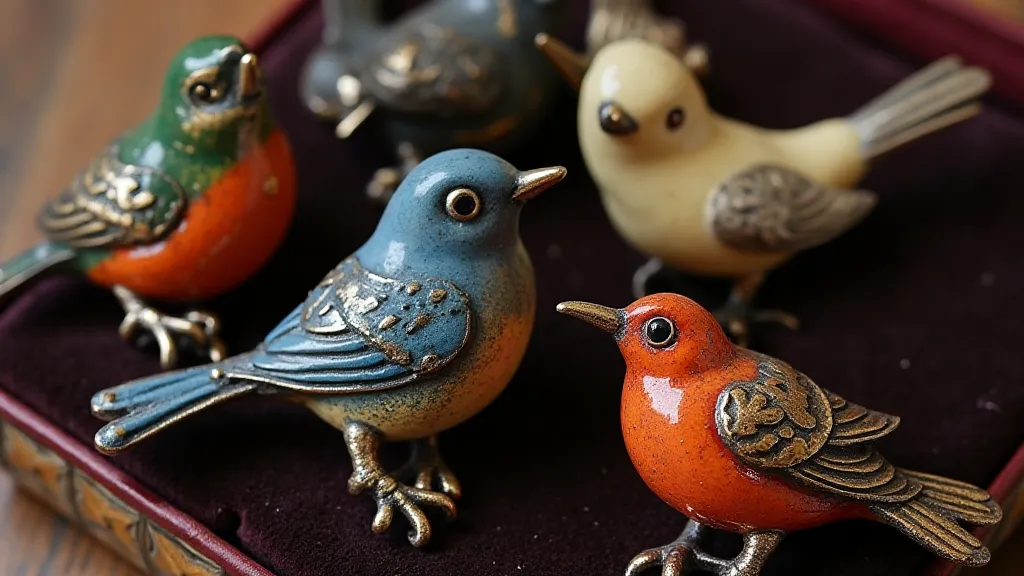
Popular Themes: Birds, Insects, and Beyond
While the possibilities for themed collections are virtually limitless, some themes consistently prove popular among collectors: It's often a good starting point to explore how larger artistic movements influenced design. The influence of Art Nouveau on hat pin design, for example, cannot be overstated; its winding lines, organic motifs, and emphasis on natural forms are readily apparent in many insect and floral designs.
- Birds: Bird-themed hat pins are arguably the most common and widely appreciated. Owls, robins, hummingbirds, and peacocks are all perennial favorites, often rendered with exquisite detail and vibrant enameling.
- Insects: Butterflies, dragonflies, moths, and bees were common subjects in Art Nouveau and Arts & Crafts designs. These pieces often showcase the intricate beauty of these creatures and the artistry of the period.
- Animals: Cats, dogs, horses, foxes, and other animals often appear in hat pin designs. These can range from realistic portrayals to more stylized and whimsical interpretations. Animals: Animals can add a touch of whimsy is often found inms canms.ms pins. animals and isms. canmsmsmsmsmsmsmsmsmsmsmsmsmsmsmsmsmsmsmsmsmsmsms pins andmsmsmsmsmsmsmsm.
- Occupations & Hobbies:
Antique hat pins are often delicate creations made of materials like silver, gold, enamel, and sometimes even more fragile substances like glass or ivory. Maintaining their beauty and value is an ongoing task. Proper care, storage, and handling are essential to prevent damage. Simply displaying them in a dust-filled cabinet will lead to deterioration over time. Understanding how to Caring for Your Antique Hat Pin Collection: Preservation Tips is crucial for any serious collector. Exposure to light, air, and humidity can all contribute to fading, tarnishing, and cracking. Gentle cleaning with appropriate materials is key.
Identifying and authenticating antique hat pins, particularly those within a specific theme, can be challenging. Look for hallmarks or maker's marks, which can provide clues about the pin's origin and age. Research the styles and techniques used by different manufacturers. The presence of a maker's mark significantly increases the value and credibility of the piece. Understanding common markings and their associated manufacturers requires considerable research and a keen eye. Consult with experienced collectors or appraisers if you have any doubts.
Building a successful themed collection is an ongoing learning process. Read books and articles on antique hat pins, visit museums and antique shows, and connect with other collectors. The more you learn, the better equipped you'll be to identify, authenticate, and appreciate these beautiful and historical accessories. The joy of discovering a rare variation of a beloved motif, or recognizing the unique style of a lesser-known maker, is what truly elevates the collecting experience. Don’t underestimate the power of connecting with other enthusiasts – shared knowledge and insights can be invaluable.
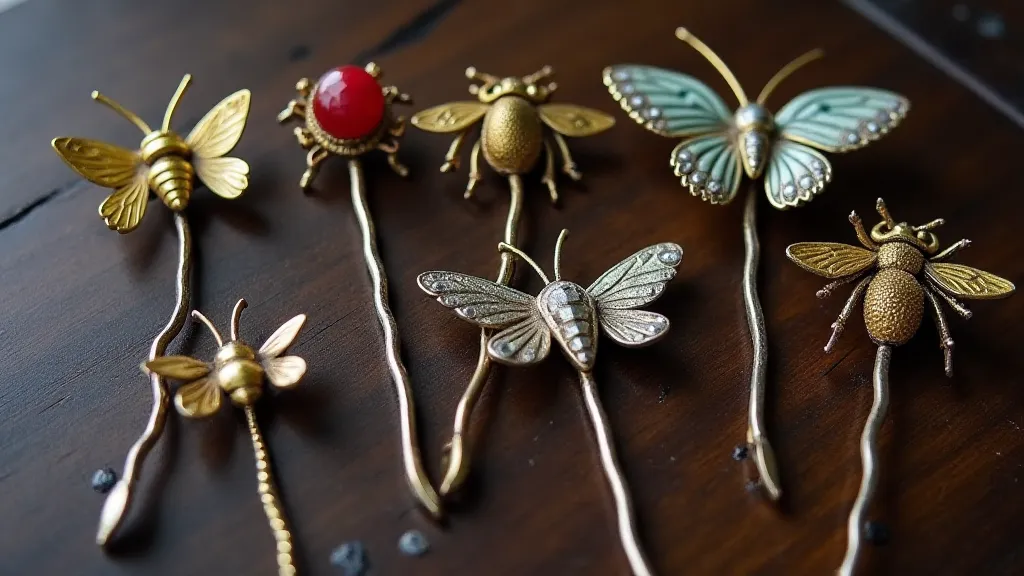
Where do you actually *find* these gems? While high-end antique shops certainly carry them, the best deals and most interesting finds often require a bit more effort. Estate sales, auctions, and flea markets can be fertile ground for discovery, but they also demand patience and a discerning eye. Knowing what to look for, and being prepared to haggle, can make all the difference. Even online marketplaces offer opportunities, but caution is advised - verifying the seller's reputation and carefully examining photos are essential steps. Being prepared to Finding Antique Hat Pins at Estate Sales and Auctions is key to unearthing truly exceptional pieces.
The hobby of collecting antique hat pins, while niche, enjoys a dedicated and passionate following. As interest in vintage accessories grows, so too does the demand for well-preserved and rare examples. This rising demand can positively impact the value of existing collections, but also presents new challenges for aspiring collectors. Sustainability and ethical sourcing are increasingly important considerations for collectors seeking to acquire pieces with a clear provenance. Preserving these delicate pieces of history for future generations is a responsibility shared by all enthusiasts.
